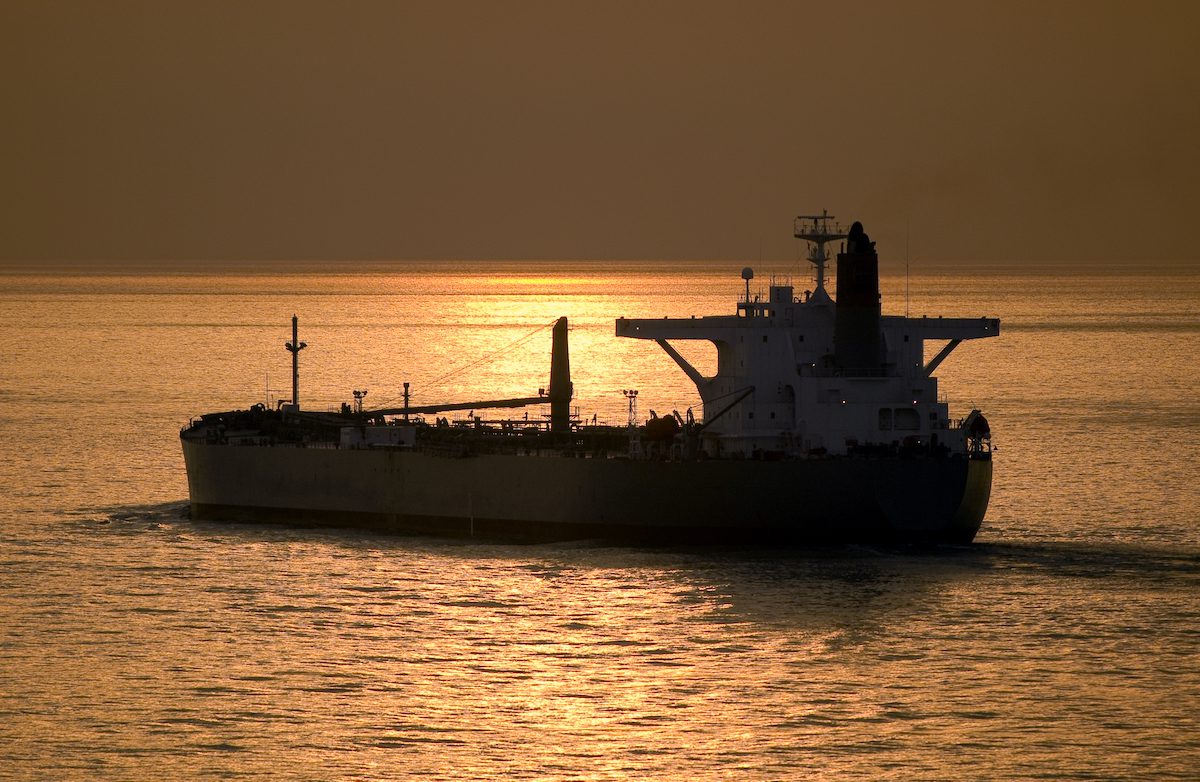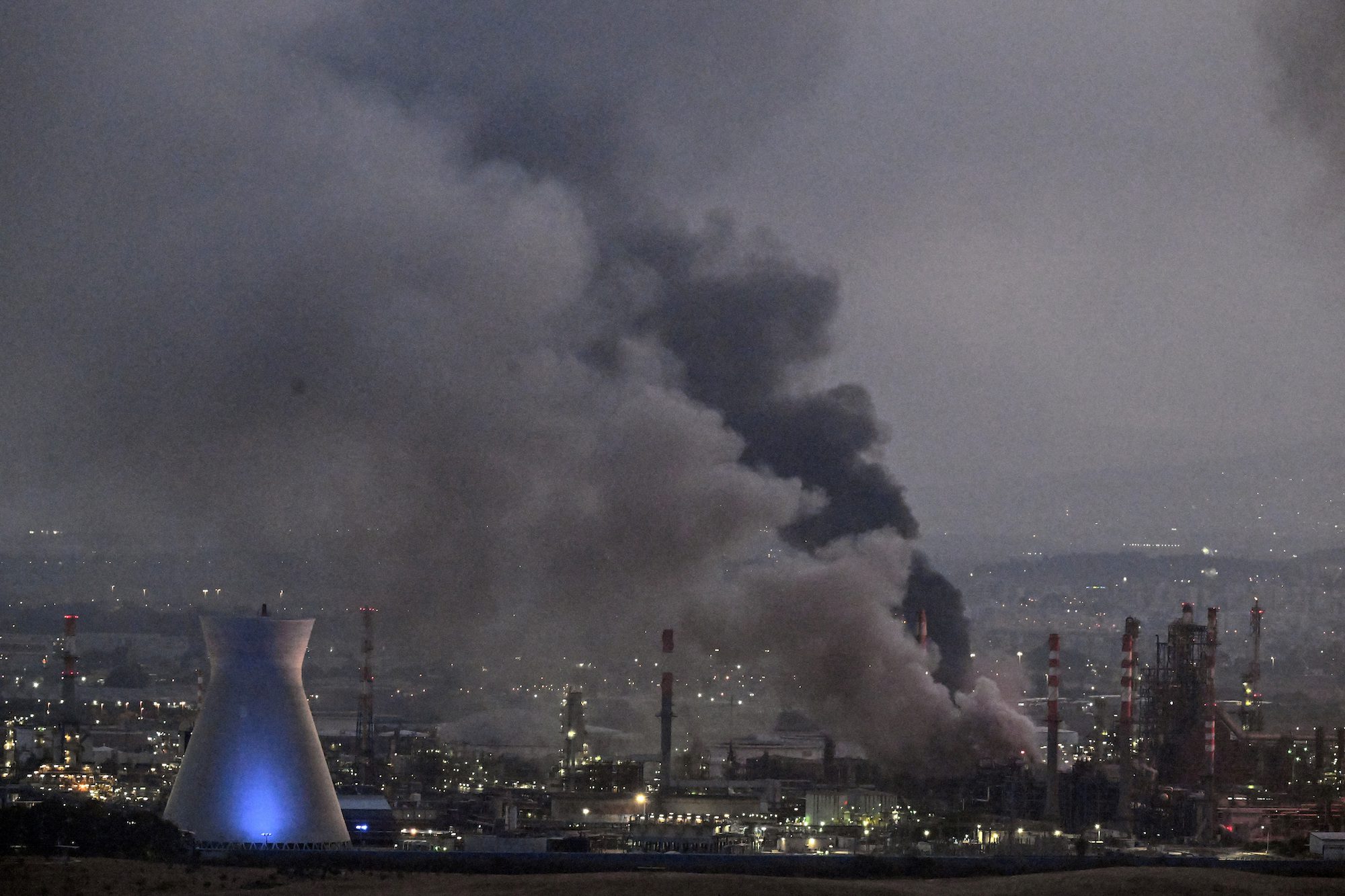By Enda Curran (Bloomberg) —
An ongoing surge in the cost of shipping goods around the world is prompting manufacturers and their customers to scramble for cheaper solutions.
Exporters, importers and their agents are considering buying their own shipping containers and chartering vessels to avoid the sky-high costs and delays of existing services. Most of the 25 million containers in global use are owned or leased by about a dozen ocean carriers including Copenhagen-based A.P. Moller-Maersk A/S and China’s Cosco Shipping Holdings Co.
The steel boxes are still scarce on routes from China, the world’s biggest trading nation. Exporters in Asia complain that rates to move freight to Europe or the U.S. jumped fivefold in the past year. One large maker of toys such as Sea-Monkeys says buyers are deferring shipments until prices cool down.
If it persists, the crunch threatens to dim hopes of a smooth recovery from the world economy’s pandemic slump. While a boom in demand for work-from-home technology and medical equipment fueled a sharp rebound in trade, pressures on the supply side are straining inventories and weighing on balance sheets.
“We still have a backlog that’s the highest we’ve had in our history,” Clarence Smith, chairman of 135-year-old Haverty Furniture Cos. of Atlanta, said on a conference call last week. “We’re paying a premium to get the product to make sure we can serve our customers” and “we are increasing prices.”
While some economists expect the snarls to ease around midyear, a prolonged period of elevated freight rates can eventually bite consumers’ wallets. A 2016 paper by the Federal Reserve Bank of Kansas City said “a 15% increase in shipping costs leads to a 0.10 percentage point increase in core inflation after one year.”
‘Overlooked’ Effects
In the U.S., the volume of imported goods accounts for about 12% of gross domestic product and most arrive by sea. Because U.S. import price indexes don’t include information about cargo rates, “shipping cost pressures act as an additional, but often overlooked, channel through which imports affect aggregate price growth,” the Kansas City Fed paper said.
Illustrating just how dire the bottlenecks have become, a unit of Germany’s Schwarz Group — one of the world’s biggest supermarket operators — recently considered hiring lorries to drive its stock from China to Europe before ruling the option out. Now, the unit — Schwarz Asia Pacific Sourcing Ltd., or SAPS Ltd. — is examining ways to rent a whole ship to transport goods, according to Hong Kong-based executive Bjoern Lindner.
“We are looking at every single form of transportation which might be possible for us to bring goods to Europe,” Lindner, managing director of SAPS, said in an interview. “All of my peers in the industry are scrambling for capacity” and “we have to be creative.”
Others are thinking along the same lines. Brian Sondey, chief executive of container leasing firm Triton International Ltd. of Hamilton, Bermuda, said some shippers of cargo are looking to buy their own boxes and “finding that somehow it’s a net lower price.”
“We’ve seen some interest in people like the Amazons of the world to start maybe owning some of their own containers because they get charged by the shipping lines when they hold on to containers longer than they are supposed to,” Sondey said on a conference call last week.
The Global Shippers’ Alliance, an industry group for manufacturers, retailers and wholesalers, said in a Feb. 17 release that shippers are “furious at the chaotic shipping market and the lack of mechanisms to resolve it.”
‘All Stops’
But the container carriers are “pulling out all stops” to meet the sustained high demand, said John Butler, CEO of the World Shipping Council, a group representing the liner industry. “All vessels are sailing, all available container equipment is being used, carriers are setting up new inland depots to speed up trucking turn-time operations and doing their best to keep customers informed in an extremely unpredictable situation,” he said.
Some of supply pressure may ease in coming months, given container throughput at Shanghai Port increased by more than 20% during the Lunar New Year holiday compared with a year ago, and throughput at Ningbo Zhoushan Port rose about 29%, Xinhua reported, citing data from from the China Ports & Harbours Association.
Li Muyuan, vice president of the China Container Industry Association, which represents container manufacturers, wrote in an article this month that the container shortage had reduced slightly from the final quarter of last year. Chinese manufacturers produced 440,000 containers in January, he added, roughly equal to market demand for new containers.
Still, the longer shipping costs remain elevated, the more the question lingers of whether they’ll start to show up in the price of consumer goods.
Sea-Monkeys
Toymaker Dave Cave, who runs Hong Kong-based Dragon-I Toys — one of the world’s biggest manufacturers of toy dinosaurs and whose products include aquatic pets called Sea-Monkeys and Chatimal the Talking Hamster — said it’s not worth shipping some toys given the tight margins already in the industry.
He warns that unless conditions improve, retailers may raise their prices. “If nothing changes between now and the end of May, everyone who is shipping will land products at a much higher price than the actual products already in the store,” he said in an interview.
Some of Cave’s clients are deferring shipments until April on hopes that conditions improve. “Never, ever, ever has a container price ever been more than 20% or 30% up or down, never. To be 500% up, this is something new to everybody.”
At this stage, though, many economists remain sanguine on the inflation threat and don’t expect shipping costs to materially dent shopping baskets in the U.S. and Europe.
“Ultimately, whether such costs can be passed on to consumers depends on the strength of consumer demand, which is more related to fiscal and monetary policy in the U.S. and Europe,” said Helen Qiao, chief Greater China economist at Bank of America.
–With assistance from Tom Hancock, Zoe Schneeweiss and Vince Golle.
© 2021 Bloomberg L.P.

 Join The Club
Join The Club











